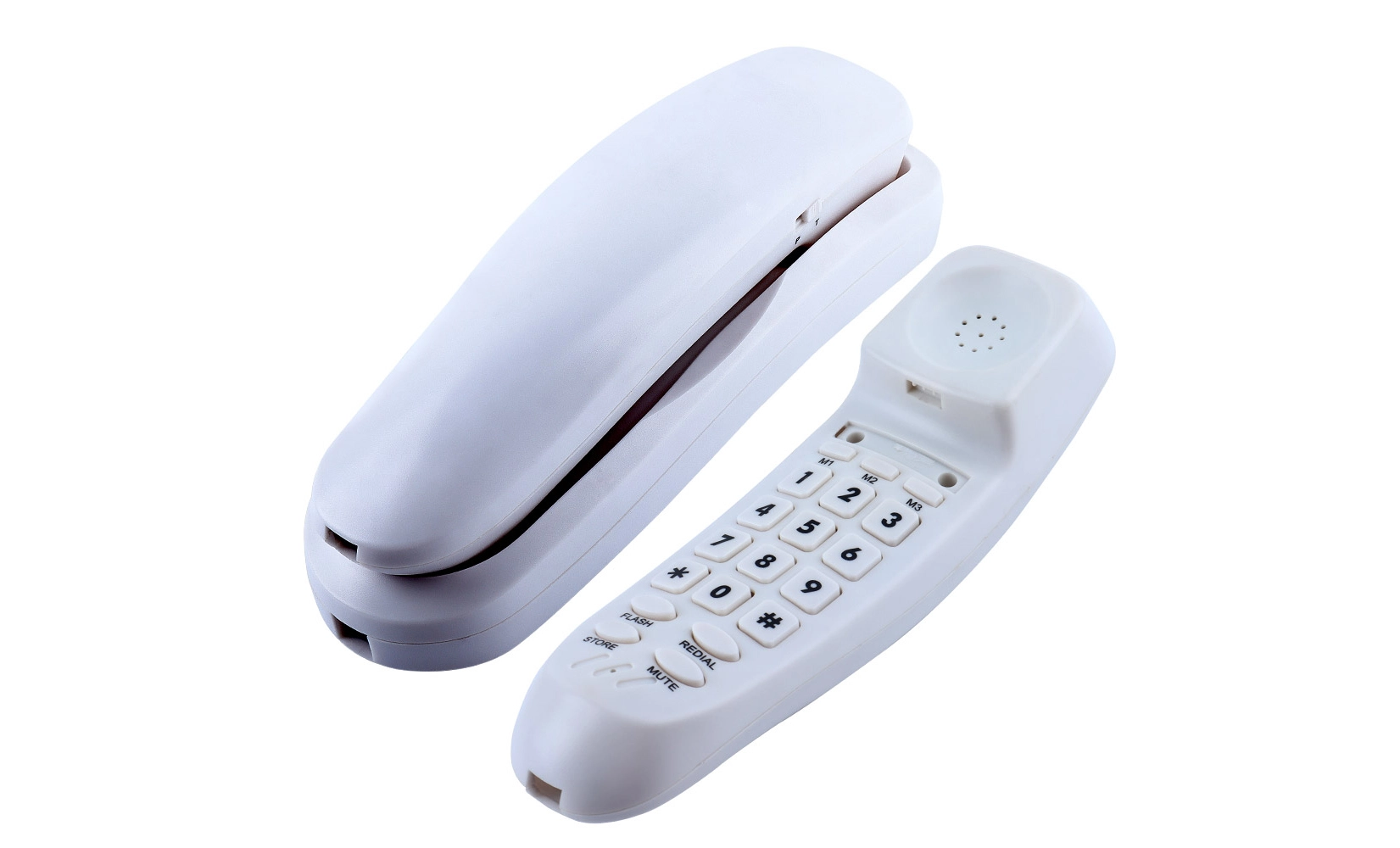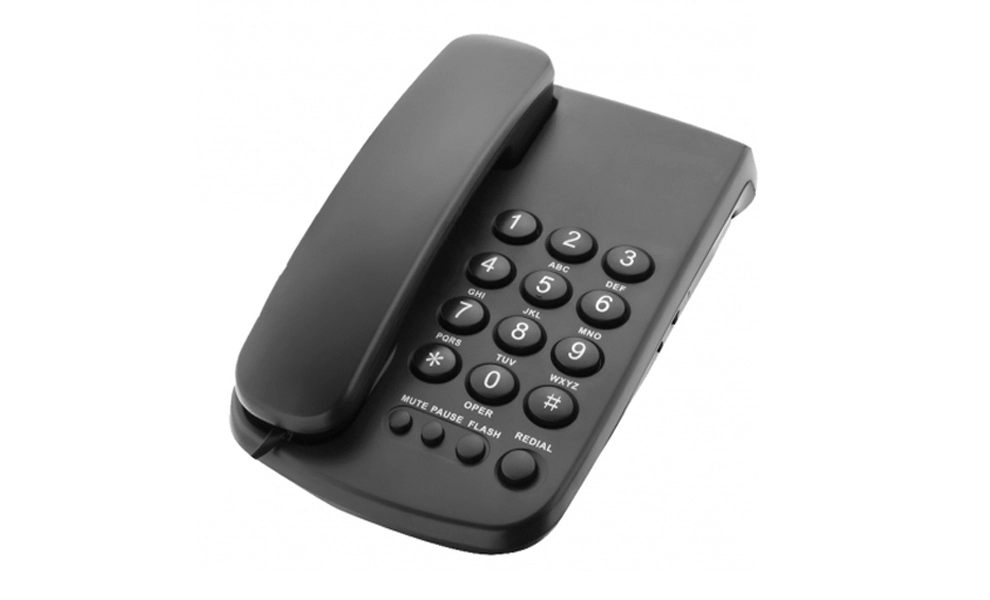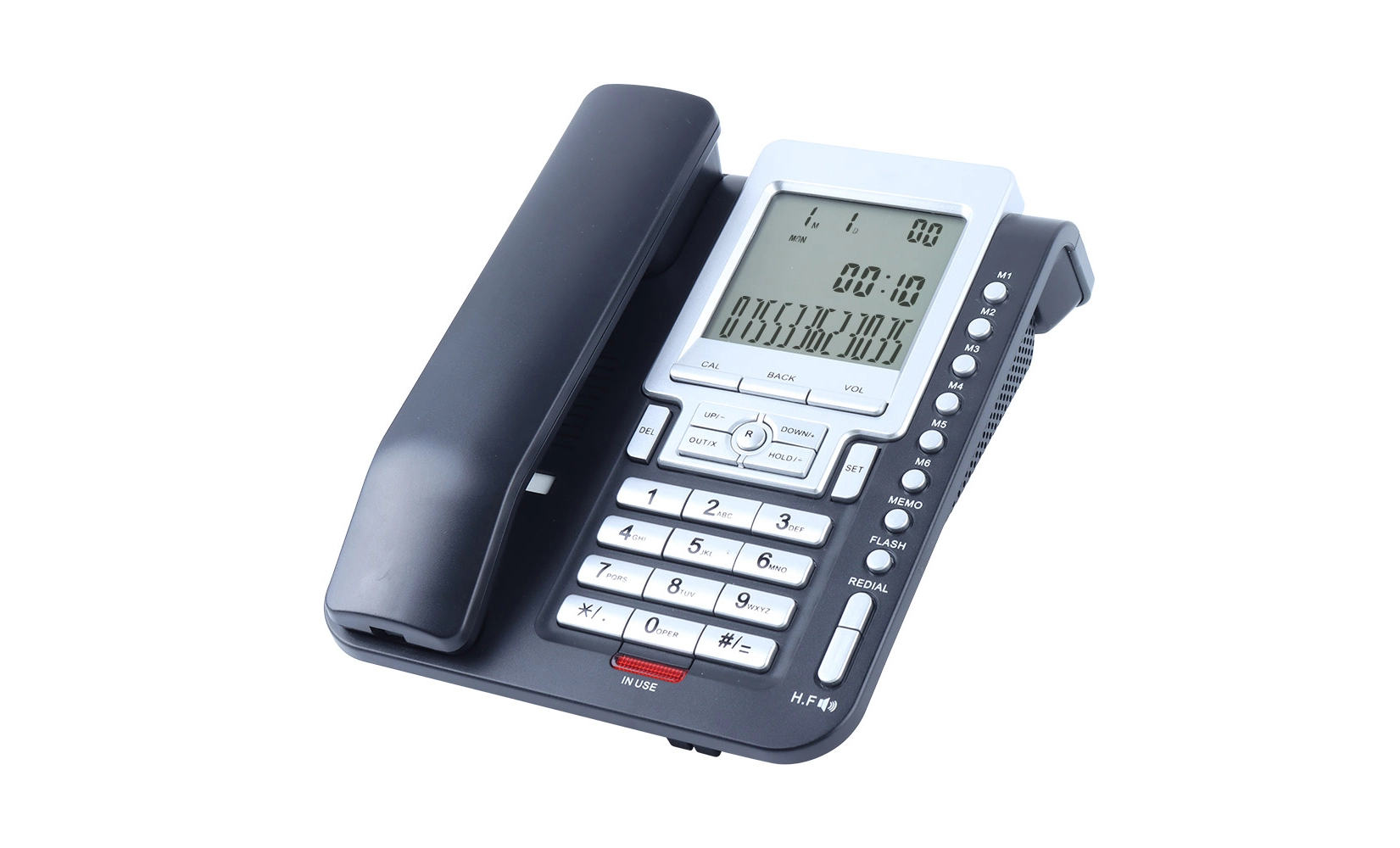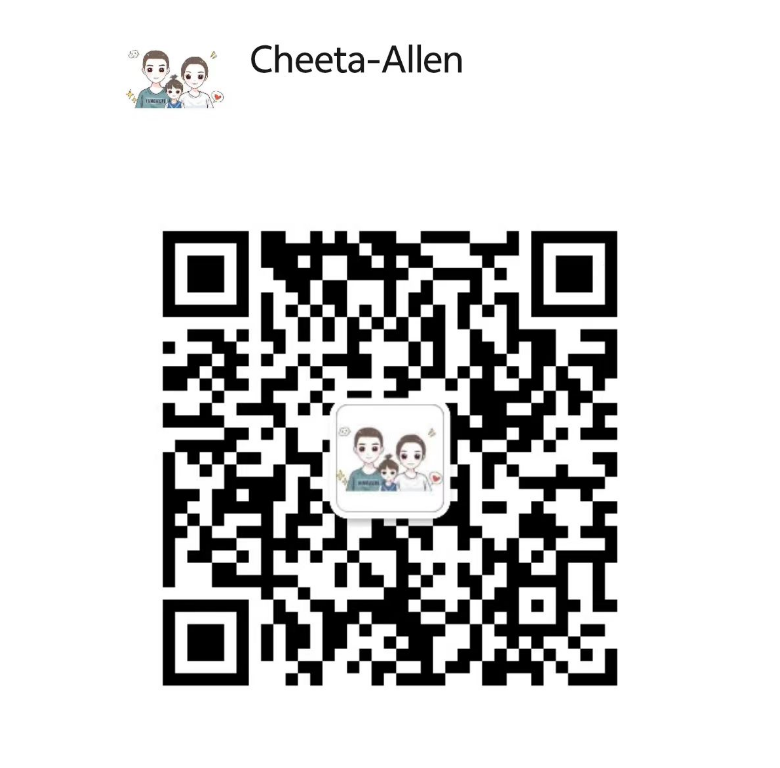How Caller ID Telephones Identify Callers?
 Caller ID telephones identify callers through a sophisticated process that involves transmitting digital information between the telephone network and the receiving device. When a call is placed, the caller's phone number and sometimes name are sent as data signals before the first ring. The caller ID telephone captures this information, decodes it, and displays it on its screen. This technology utilizes either Frequency Shift Keying (FSK) or Dual-Tone Multi-Frequency (DTMF) signaling to transmit the data. Advanced caller ID systems can even pull additional information from phonebooks or online directories to provide more context about the incoming call.
Caller ID telephones identify callers through a sophisticated process that involves transmitting digital information between the telephone network and the receiving device. When a call is placed, the caller's phone number and sometimes name are sent as data signals before the first ring. The caller ID telephone captures this information, decodes it, and displays it on its screen. This technology utilizes either Frequency Shift Keying (FSK) or Dual-Tone Multi-Frequency (DTMF) signaling to transmit the data. Advanced caller ID systems can even pull additional information from phonebooks or online directories to provide more context about the incoming call.
The Technology Behind Caller ID: How It Works?
Caller ID technology has revolutionized the way we handle incoming calls, providing us with valuable information before we even pick up the phone. But how exactly does this system work? Let's delve into the intricate process that allows caller ID telephones to identify callers.
Signal Transmission and Reception
When a call is initiated, the caller's information is transmitted through the telephone network as a digital signal. This signal contains the caller's phone number and, in some cases, their name. The caller ID telephone is equipped with a special modem that can detect and interpret these signals.
Decoding the Information
Once the signal is received, the caller ID telephone's internal processor decodes the information. This process involves converting the digital signal into readable data that can be displayed on the phone's screen. The decoding happens in a fraction of a second, allowing the information to be displayed before the first ring.
Display and Storage
After decoding, the caller's information is displayed on the telephone's LCD screen. Many modern caller ID telephones can store this information, allowing users to review past calls and even redial numbers directly from the call log. This feature is particularly useful for businesses and individuals who need to keep track of their communications.
Advanced Features of Modern Caller ID Telephones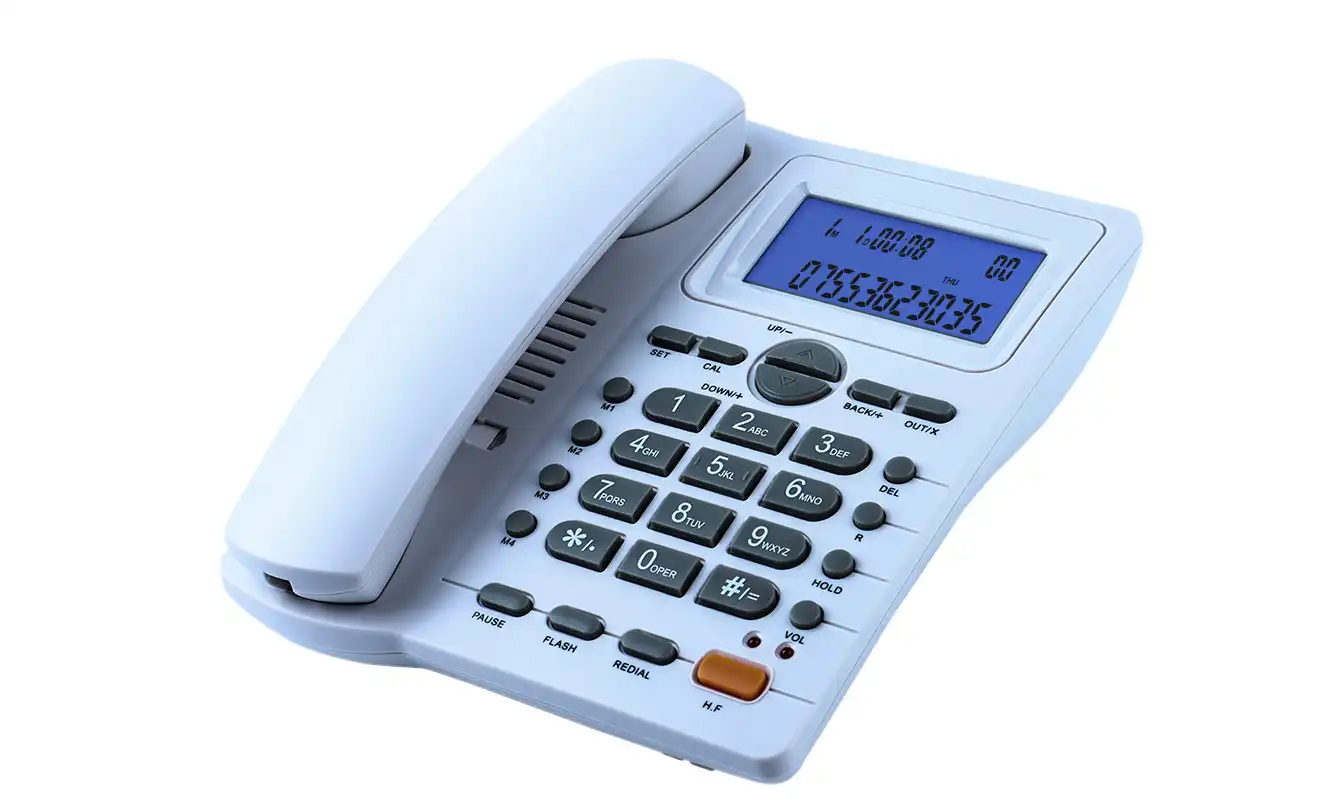
As technology has progressed, caller ID telephones have evolved to offer a range of advanced features that enhance their functionality and user experience. These features go beyond simple number display, providing users with powerful tools for managing their communications.
Name Lookup and Directory Integration
Many contemporary caller ID telephones can perform name lookups by cross-referencing the incoming number with an internal phonebook or even online directories. This feature allows the phone to display not just the number, but also the caller's name, even if it wasn't transmitted with the original signal.
Call Blocking and Filtering
Advanced caller ID systems often include call blocking capabilities. Users can program their phones to automatically reject calls from specific numbers or even entire area codes. This feature is invaluable for reducing unwanted calls and potential scams.
Visual Voicemail and Message Waiting Indicators
Some high-end caller ID telephones integrate with voicemail systems to provide visual voicemail features. This allows users to see a list of their messages on the phone's display and choose which ones to listen to, rather than having to dial into a voicemail system.
The Impact of Caller ID on Communication and Privacy
The widespread adoption of caller ID technology has had a significant impact on how we communicate and manage our privacy. This technology has both benefits and potential drawbacks that are worth exploring.
 Enhanced Communication Efficiency
Enhanced Communication Efficiency
Caller ID has greatly enhanced communication efficiency, particularly in business contexts. It allows individuals to identify the caller before answering, enabling them to prepare for the conversation or prioritize their responses accordingly. This simple feature helps streamline interactions, making them more focused and productive. As a result, individuals can manage their time better, responding to calls based on urgency or importance, leading to more effective communication and improved overall efficiency in both personal and professional settings.
Privacy Concerns and Caller ID Blocking
While caller ID provides valuable information to call recipients, it has also raised privacy concerns for callers. Some individuals prefer to keep their numbers private, leading to the development of caller ID blocking services. These services allow callers to prevent their information from being displayed on the recipient's caller ID telephone.
The Role of Caller ID in Combating Spam and Fraud
Caller ID technology plays a crucial role in the fight against telephone spam and fraud. By allowing recipients to screen calls, it helps reduce the effectiveness of unwanted telemarketing and scam attempts. However, it's important to note that sophisticated scammers can sometimes spoof caller ID information, highlighting the need for continued vigilance and technological advancements in this area.
Conclusion
Caller ID telephones have transformed the way we manage our incoming calls, offering a blend of convenience, efficiency, and security. By understanding how this technology works and leveraging its advanced features, users can take full control of their communication experiences. As we move forward, it's likely that caller ID technology will continue to evolve, offering even more sophisticated ways to identify and manage incoming calls.
Accurate number display from expert OEM suppliers | CHEETA
Shenzhen Cheeta Technology Co., Ltd. stands out as a leading manufacturer of analog telephones with over 18 years of OEM/ODM expertise. Our state-of-the-art 1,200㎡ facility, staffed by 100+ skilled workers and 10 senior engineers, produces 1,000 high-quality analog units daily. We pride ourselves on our rigorous 11-step inspection process, ensuring a failure rate below 1% and full compliance with CE and ROHS standards.
Our commitment to innovation is evident in our weekly design sessions and global case studies, allowing us to rapidly adapt to customer needs. CHEETA's products not only meet CE, RoHS, FCC, and UN38.3 regulations but also undergo thorough pre-delivery inspections. For unparalleled quality and customization in caller ID telephones and communication devices, contact us at allen@cheeta.com.cn.

References
1. Smith, J. (2022). The Evolution of Caller ID Technology. Telecommunications Journal, 45(3), 112-128.
2. Johnson, A., & Brown, L. (2021). Privacy Implications of Modern Caller ID Systems. Journal of Information Security, 18(2), 76-92.
3. Chen, H. (2023). Advanced Features in Contemporary Caller ID Telephones. IEEE Communications Magazine, 61(4), 55-61.
4. Williams, R., & Taylor, S. (2020). The Role of Caller ID in Combating Telephone Fraud. Cybersecurity Today, 7(1), 23-35.
5. Garcia, M. (2022). Signal Processing Techniques in Caller ID Systems. International Journal of Signal Processing, 14(3), 301-315.

Kindly inform us your interested product and your detailed requirement, so that we can give you a best suggestion.

Shenzhen Cheeta Technology Co., Ltd – Leading Communication Telephone Manufacturer
